Choking: It takes your breath away

Are you Ready? It only can take a second. When the eyes of your loved one are begging you to help. Do you know what to do?
Choking, whether mild or severe, poses serious risks and demands swift response.
In mild cases, coughing and discomfort may indicate a partially obstructed airway. If they can TALK or COUGH, they are still breathing. This is mild choking. Encourage the person to cough forcefully, as it might dislodge the object causing the blockage. Stay with them! It is common for people who are choking, especially at the dinner table to leave the area.
However, in severe choking, the person may be unable to cough, speak, or breathe. Immediate action is crucial—perform 5 back blows, followed by 5 abdominal thrusts maneuver – standing behind the person, placing your arms around their waist, and delivering quick, upward abdominal thrusts. If the situation persists, call emergency services. Understanding the difference between mild and severe choking empowers individuals to act decisively, potentially saving lives.
With sever choking, typically the hands go to the base of the neck, and eyes will bulge and appear red.
Watch for these signs of severe choking:
- One or both hands clutched to the throat
- A look of panic, shock or confusion
- Inability to talk
- Strained or noisy breathing
- Squeaky sounds when trying to breathe
- Cough, which may either be weak or forceful
- Skin, lips and nails that change color turning blue or gray
- Loss of consciousness
Please take the time to review what to do if a loved on chokes.
This video is not intended to replace First Aid Training

Kathryn Davies
President / Owner

Leave a Reply
You must be logged in to post a comment.